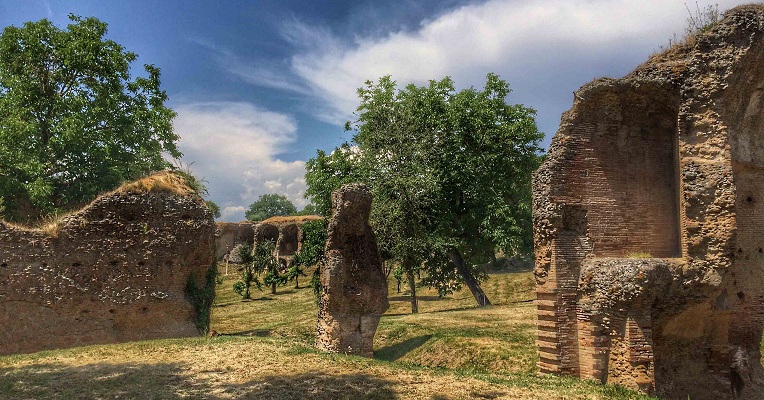All’altezza dell’antica Narnia la strada si divide in due diramazioni: quella occidentale, la Flaminia vetus, che da Narni proseguiva verso Carsulae per dirigersi verso Bevagna e Nocera Umbra; quella orientale, la Flaminia Nova, di primaria importanza per il commercio, in quanto trovava tappa presso le floride Terni, Spoleto e Foligno. Entrambi questi percorsi solcano ancora oggi l’Italia e attraversano trasversalmente la regione incrociando alcune imperdibili mete archeologiche.
In questo itinerario percorreremo la più antica delle due diramazioni, la Flaminia Vetus: un viaggio immerso nel verde e sulle tracce degli antichi Romani.





















.jpg/ccb33cc7-ccc5-8b2b-1ed4-deda6003f4f3?width=456)









